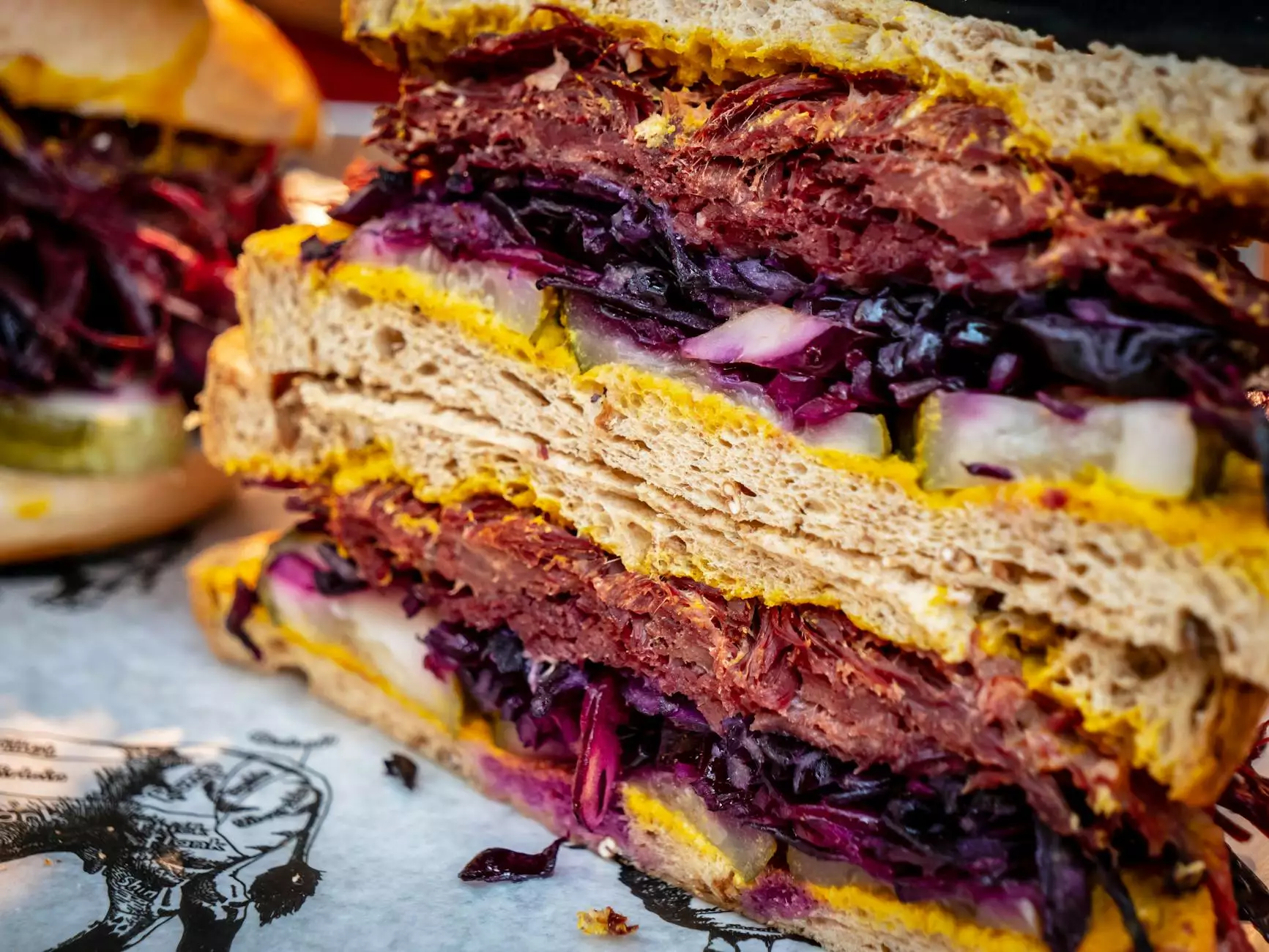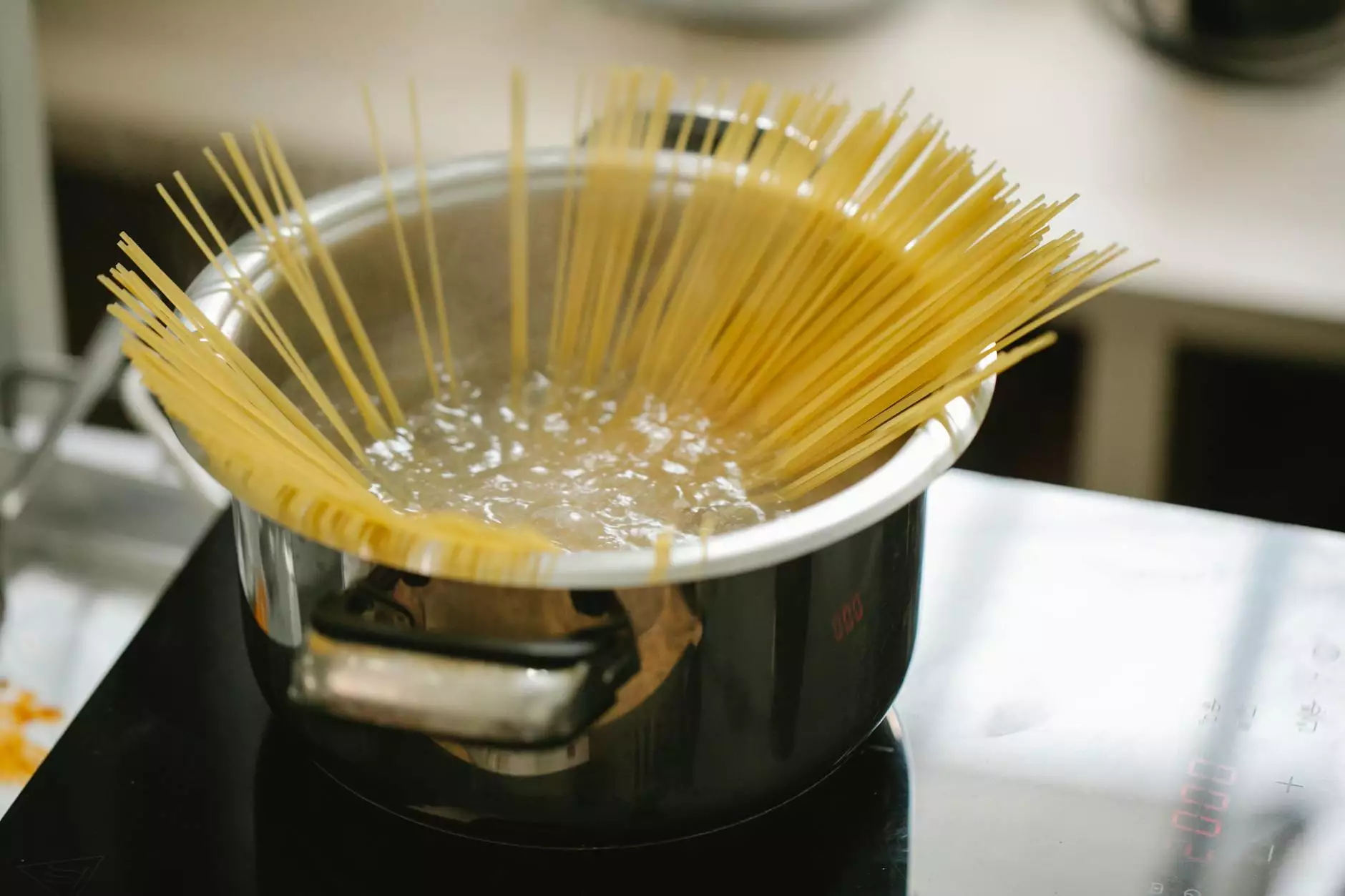Understanding Beef Wholesale Cuts: A Comprehensive Guide

The world of food, particularly in the meat industry, is rich with diversity and culture. For businesses in the meat sector, understanding the various beef wholesale cuts is crucial to meeting consumer demand and maximizing profitability. This article will delve into the different types of beef cuts available, their uses, and how they can benefit your operation.
What Are Beef Wholesale Cuts?
Beef wholesale cuts refer to large sections of beef that are sold in bulk, rather than as individual retail portions. These cuts can be further broken down into smaller portions for retail sale or used in food service. Understanding the anatomy of beef and the various wholesale cuts can help business owners make informed purchasing decisions.
The Anatomy of Beef
To understand beef wholesale cuts, we first need a brief overview of the cow's anatomy. A cow is typically divided into several major sections, which include:
- Chuck: Located at the front of the cow, the chuck is known for its rich flavor and includes cuts like chuck roast and shoulder steak.
- Rib: This section contains some of the most tender and flavorful cuts, such as ribeye steak and prime rib.
- Loin: This area yields premium cuts like T-bone steaks, porterhouse steaks, and tenderloin.
- Round: The rear section is leaner and includes cuts like round steak and rump roast.
- Brisket: This cut from the chest is known for its rich flavor and is often used for barbecue.
- Plate: This area, located just beneath the rib, is known for cuts like skirt steak, which is popular in fajitas.
- Flank: This cut is lean and very flavorful, often used for flank steak or London broil.
- Shank: This tough cut is typically used for soups and stews and includes the legs of the animal.
Common Beef Wholesale Cuts and Their Uses
Now that we understand the basic anatomy of beef, let’s explore some common beef wholesale cuts, their characteristics, and suitable cooking methods.
1. Chuck Cuts
Chuck cuts are often considered the best value cuts. They're packed with flavor and are well-suited for slow cooking methods. Common chuck cuts include:
- Chuck Roast: Ideal for pot roasting due to its marbling and connective tissue.
- Chuck Eye Steak: A budget-friendly alternative to ribeye, excellent for grilling.
2. Rib Cuts
The rib cuts are known for their tenderness and rich flavor, making them a favorite among steak lovers. Key cuts in this section include:
- Ribeye Steak: Well-marbled and flavorful, great for grilling and pan-searing.
- Prime Rib: A traditional choice for special occasions, often roasted whole.
3. Loin Cuts
The loin cuts are some of the most premium cuts available and are prized for their tenderness. They include:
- T-Bone Steak: Combines two cuts in one, offering both tenderness and flavor.
- Filet Mignon: The tenderest of all cuts, often served in fine dining restaurants.
4. Round Cuts
While round cuts are lean and less tender, they offer excellent flavor. They are often best prepared using moist cooking methods. Notable cuts include:
- Round Steak: Works well in stews and braised dishes.
- Top Round Roast: Ideal for roasting and slicing thin for sandwiches.
5. Brisket Cuts
Brisket is often associated with barbecue and is renowned for its rich flavor. Popular brisket cuts include:
- Whole Brisket: Great for low and slow cooking methods, yielding tender results.
- Brisket Flat: Often used for barbecue slices and smoked dishes.
6. Plate and Flank Cuts
The plate and flank cuts are flavorful, making them popular for grilling and fajitas. Here are a couple of key points:
- Skirt Steak: A favorite for fajitas, known for its robust flavor.
- Flank Steak: Great for marinating and grilling, often used in salads and tacos.
Maximizing Profitability with Wholesale Cuts
Understanding these wholesale cuts allows food businesses to strategically source beef. Here’s how you can maximize profitability:
1. Cost-Effective Purchases
By purchasing whole prime cuts, businesses can save substantially. Instead of buying pre-packaged cuts, break down wholesale cuts in-house to create additional menu items, maximizing your yield.
2. Quality Control
Purchasing wholesale allows for greater control over quality. You can select the best quality beef that aligns with your business standards, ensuring customer satisfaction.
3. Customization and Menu Diversity
With a greater understanding of cuts, you can create a diverse menu, offering a wider variety of dishes that appeal to different customer preferences. Consider offering:
- Signature dishes that highlight specific cuts.
- Weekly specials featuring unique preparations or cuts.
- Customized offerings for special events or catering.
Conclusion: Becoming a Leader in the Meat Industry
Understanding beef wholesale cuts is an invaluable asset for any business in the food industry, especially in meat shops like UY Meats. By leveraging your knowledge of cuts, maximizing profitability, and offering diverse menu options, you can position your business as a leader in the market. Navigate the complexities of wholesale beef with the confidence that comes from understanding the product and the needs of your clientele.
Embrace these insights to elevate your business strategy, attract loyal customers, and ultimately drive success in the competitive food landscape. By focusing on quality and variety, your meat shop can rise above the rest.









